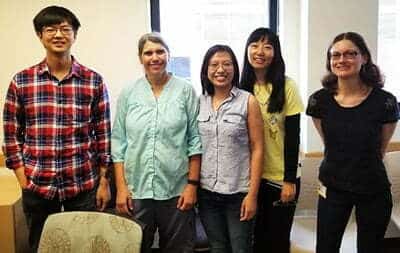Hearing loss is a widespread problem that affects many people around the world. Globally, approximately 20% of the population (1.5 billion) is affected.
While there are different types of hearing aids, they are unable to completely restore a patient's natural hearing mechanism.
Now, a new study conducted by the University of Rochester Medical Center offers interesting insights into how we can solve the problem. And it confirms: reversing hearing loss in mammals is possible.
To resent us
In reptiles, fish and birds, hair cells can regenerate: not so in humans. We have 16.000 hair cells in each ear. Over time these cells become damaged due to infections, loud noises and aging, leading to decreased hearing.
The research team discovered that, through the activation of a protein called SPP1, the hair cells of the cochlea, those found in the ear region and which allow us to hear and understand the different surrounding sounds, can be regenerated. In other words: the heart of hearing.
In a previous study (in 2018) researchers had already shown how the activation of a gene called ERBB2 led to the growth of new hair cells. However, the underlying mechanism was not yet known.
The novelty discovered by the team of Patricia White, lead author of the study, is that the ERBB2 gene actually causes hair cells to behave like stem cells, thereby producing the SPP1 protein. And the circle closes.

Hearing possible
The results of this study (published in Frontiers in Cellular Neuroscience, I link it here) represent a major breakthrough in the understanding of hair cell regeneration.
They pair with the other excellent study, of 2021, which revealed the role of a molecule, H3K4me1 in hair cell regeneration in mice.
A discovery that in the future could be of enormous help to all people who suffer from permanent hearing loss and who cannot see, or rather: can't wait to find a cure.


